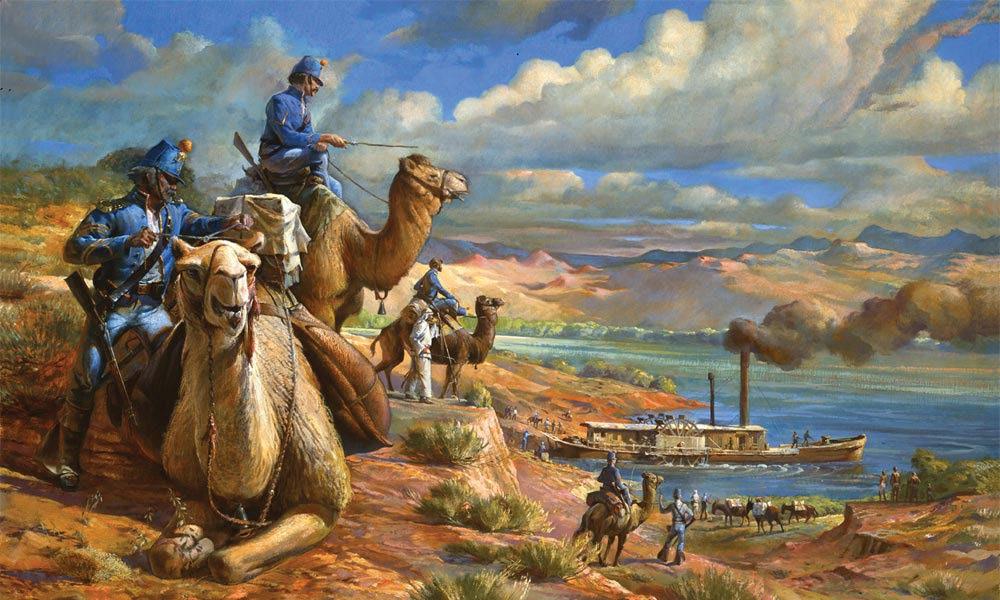THE INDIAN TRADER September 2020
Collector’s Corner
Page 5
Page 12 continued from page 11
History of the Swastika Symbol By Jim and Bobbi Jeen Olson
collection of his body of work ever assembled for public viewing. This show continues to grow every year and is one of the top national antique events of its kind. Due to its Southwest location, the show traditionally has a unique American flavor leaning heavily on early American artsprobably & crafts, Native luck symbol worldwide in the past, it was a trader somewhere who American, western fine art and ethnographic art, but with some encouraged the modern day Natives to decorate their crafts with “Indian look200 in attendance, alsoday offered ing” dealers and popular symbols ofitthe so he items could for sell everyone their wares– to the tourists from the first time buyer to the veteran buyer and serious and have a story to go with them. collectors. the very decorators and ininterior In the Even late 1930s, Nativefamous Americans collaborated agreement with each other to quit using symbol on their for sale in light of what was going designers attend thethe show, seeking just crafts the right touch to create on with the Nazis. Those Western items such as bits, spurs, the “perfect” southwest or who nativemade motifother for their clients. saddles andyear, the as like quit using it. During therepresentatives WWII years and thereafter, This in also the past, the show also drew many items bearing the symbol were destroyed due to the Nazi stigmata which from many of the major international and domestic clothing had jewelry becomedesigners associated with it.buyers. Since so many of&those items and and their Cowboys Indians hadwere destroyed however, it became increasingly harder to find authentic examples them. As we something for everybody. get further away from war years however, and customers people start to look past the Proceeds from thethe show’s general admission this relatively few years it was used by the Nazis, it has become more acceptable to year supported the show’s additional beneficiaries, VSA Arts of New collect those types of antiques once again. Mexico, University of New Mexico’s Popejoy Hall SchoolTime For many Western Americana collectors, it is desirable to collect objects Series and The Albuquerque Museum’s Magic Bus Program. with the symbol on them. A plus often cited is that it helps to determine the age of an item (pre-WWII). Most Americana collectibles found with the symcontinued on page 14 continued on page 7
Throughout much of the modern world, the Swastika symbol represents Nazism and reminds us of Adolf Hitler—racism. But it was not always this way. Prior to WWII, it was a globally recognized symbol. Its meaning had nothing to do with Nazi Germany except in the few years leading up to and including the war. Before that, it was associated with good luck. The symbol has a long history dating back to prehistoric times. In the Americas, variations of it have been found in excavations of Mound-builder and Mississippian era sites in the mid-west, while further south the ancient Aztecs were said to also use the symbol. By the early 1900s, several Southwestern and Plains Native American tribes were using it on crafts built for their own use and for that of the commercial tourist markets. According to Wikipedia, the earliest known use of the symbol may date back as far as 10,000 BC. They report, “it was found on a late Paleolithic figurine of a bird, carved from mammoth ivory, found in the Ukraine.” The symbol dates to 6,000 BC in Bulgaria and 3,000 BC on the Indian Subcontinent according to archeological findings. It has been found in prehistoric sites in Africa, China and Europe as well. It seems the Swastika symbol, or variations of it, were used in many parts of the world during ancient times. In about 1870, German archeologist Heinrich Schliemann found objects bearing the Swastika in the ruins of what was believed to be the lost city of Troy. Some credit this discovery, and subsequent publications about it, as a catalyst for the resurgence in the use of the Swastika in modern times. The Swastika gained popularity in the West during the late 1800s and was widely used. It remained popular through the 1920s, until use of it waned in the 1930s. It had increasingly became associated with Nazism by then. In the American West, it was on many Cowboy and Native American items during the time period mentioned above. Jewelry, saddles, textiles, baskets, bridles, spurs, pokers chips and a large variety of other items were decorated with it— it even appeared on road signs in Arizona. To the Americans, it was touted as an “Indian Good Luck” symbol. Who came up with that idea? I don’t think we will ever know for sure. Although it had been used as a good
Original Native American Art & Jewelry Pendleton Robes and Shawls Native American Music Flutes • Pottery Rugs • Native American Church supplies Carvings • Native Bookstore Enamel and Cast Iron Ware On the corner of Nizhoni and Highway 602 in Gallup POB 636 • Gallup, NM 87305
505-863-4434 www.etanner.com Where you can always pawn for cash, and make a great deal


